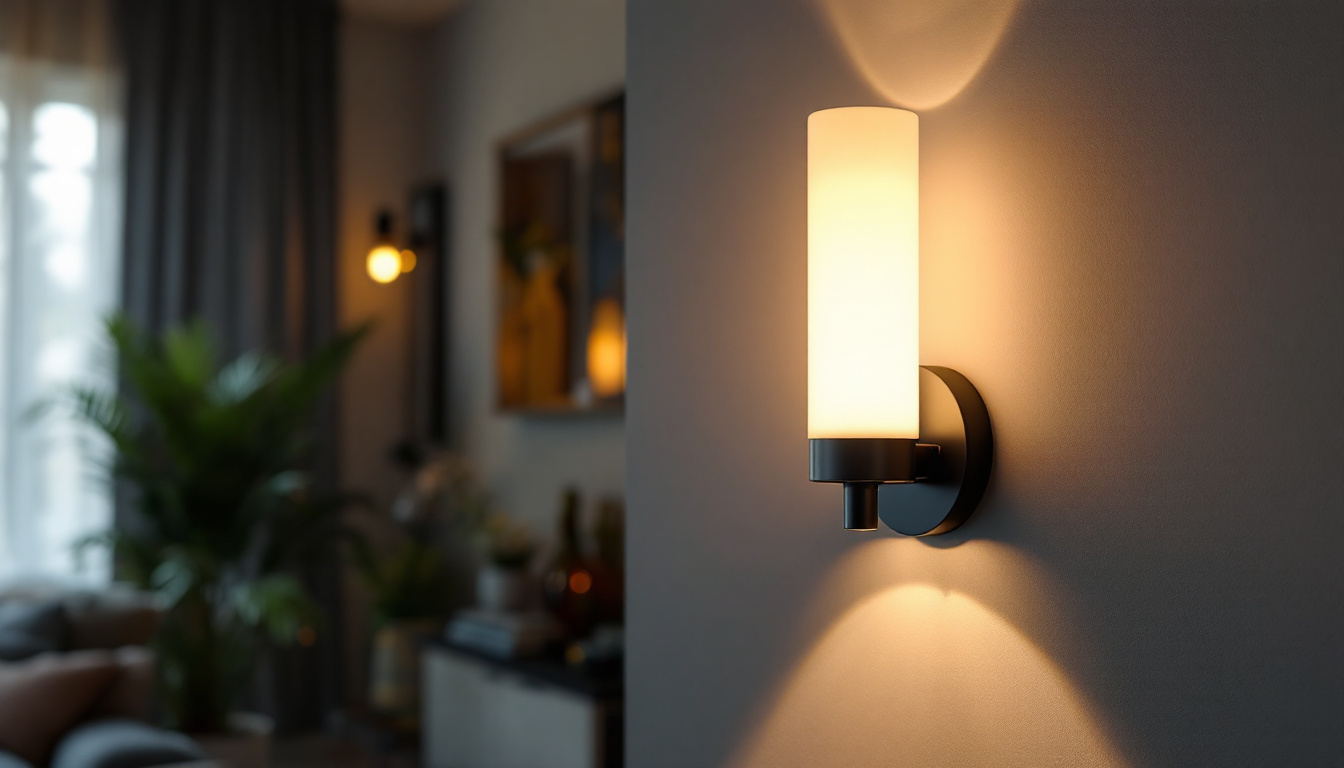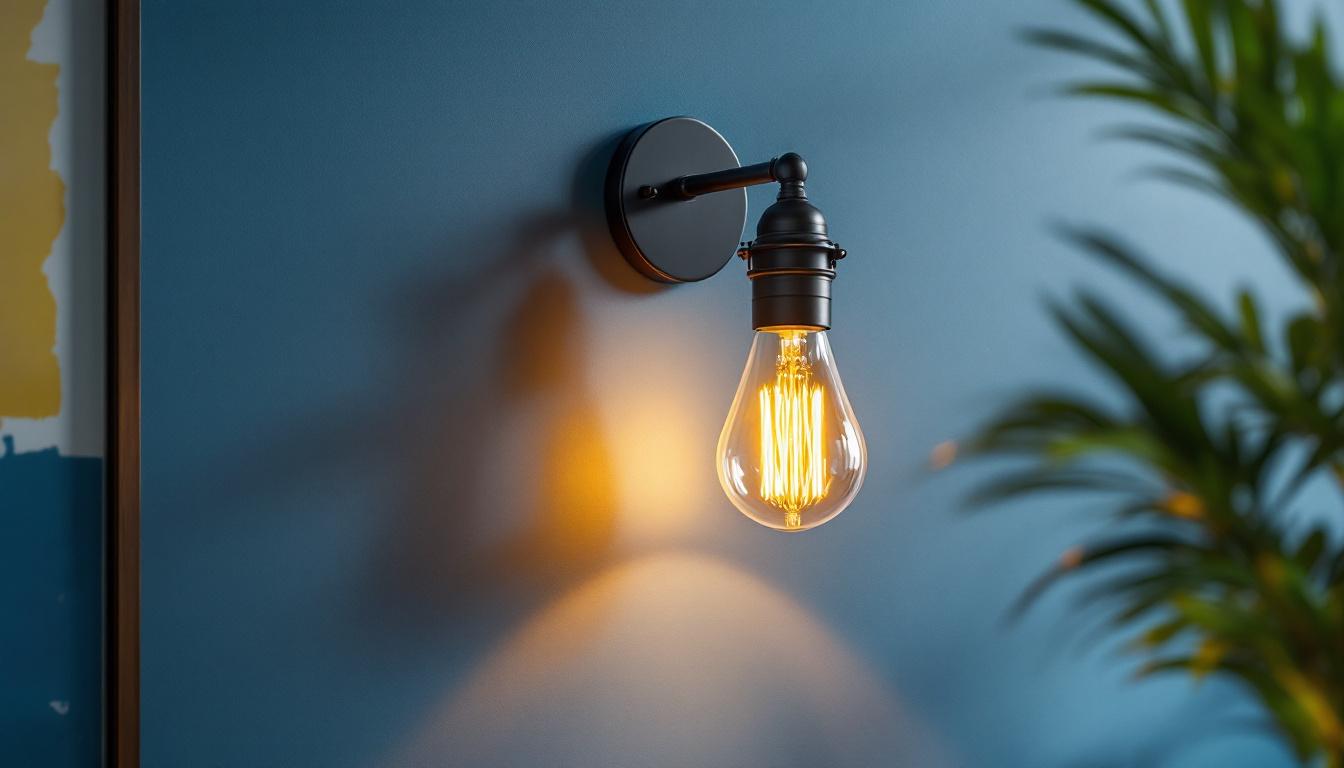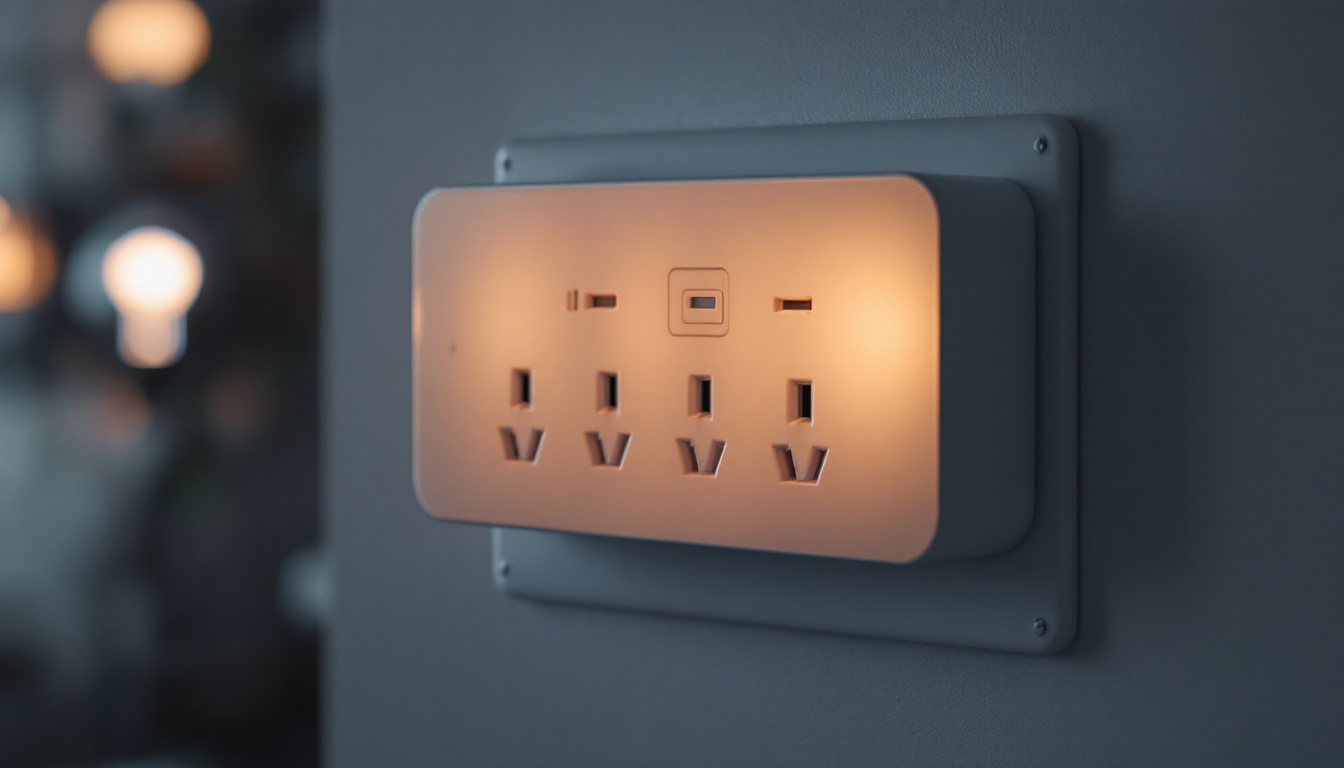
In the ever-evolving world of lighting design, LED wall sconces have emerged as a popular choice for both residential and commercial spaces. Their energy efficiency, longevity, and versatility make them a favored option among contractors and designers alike. However, even seasoned professionals can encounter pitfalls when integrating these fixtures into their projects. This guide aims to highlight common mistakes made by lighting contractors when working with LED wall sconces and provide insights on how to avoid them.
Before diving into the common mistakes, it’s essential to grasp the fundamental aspects of LED technology. LEDs, or Light Emitting Diodes, operate differently than traditional incandescent or fluorescent bulbs. Their unique characteristics influence how they should be installed and utilized in various settings. Unlike conventional lighting, which emits light through heating a filament or gas, LEDs produce light through electroluminescence, a process that is not only more efficient but also allows for greater flexibility in design and application.
One of the primary advantages of LEDs is their energy efficiency. They consume significantly less power while providing the same amount of light as traditional bulbs. Additionally, LEDs have a longer lifespan, often lasting up to 25,000 hours or more. This longevity means fewer replacements and reduced maintenance costs over time, making them an economically sound choice for both residential and commercial applications. Understanding these factors can help contractors make informed decisions about fixture selection and placement. Furthermore, the reduced energy consumption translates into lower carbon footprints, aligning with global sustainability goals and appealing to environmentally conscious consumers.
LEDs come in various color temperatures, measured in Kelvin (K). This can range from warm white (around 2700K) to cool white (5000K and above). Choosing the correct color temperature is crucial, as it affects the ambiance of a space. For instance, warmer tones are often preferred in residential settings for their cozy and inviting feel, while cooler tones are typically favored in workspaces for their ability to enhance focus and productivity. Contractors should consider the intended use of the area and the preferences of the client when selecting the appropriate color temperature. Additionally, the color rendering index (CRI) of LEDs, which measures how accurately a light source displays colors in comparison to natural light, is another important aspect to consider. A higher CRI value indicates better color accuracy, which can be particularly beneficial in settings such as art galleries, retail spaces, and photography studios, where color perception is critical.
Despite the advantages of LED wall sconces, there are several common mistakes that contractors should be wary of. By being aware of these pitfalls, lighting professionals can enhance their projects and ensure client satisfaction.
One of the most significant errors is failing to plan the placement of LED wall sconces adequately. Proper positioning is essential for achieving the desired lighting effect and ensuring functionality. Contractors should consider the height, spacing, and orientation of sconces to avoid creating hotspots or shadows that can detract from the overall design.
In residential settings, sconces should be positioned at eye level or slightly above to enhance the room’s aesthetics and provide effective illumination. In commercial spaces, such as hallways or reception areas, spacing should be consistent to maintain a cohesive look and ensure adequate lighting for safety.
Many contractors overlook the importance of dimming capabilities when selecting LED wall sconces. Dimming can significantly enhance the versatility of a lighting design, allowing for adjustments based on the time of day or specific activities. Not all LED fixtures are compatible with dimmers, so it’s crucial to verify compatibility before installation.
Furthermore, using a dimmer switch can help extend the lifespan of LED bulbs while providing energy savings. This feature is particularly beneficial in spaces where ambiance plays a crucial role, such as dining areas or theaters.
While LEDs generate less heat than traditional bulbs, they still produce some heat that must be managed effectively. Poor heat dissipation can lead to reduced efficiency and a shorter lifespan for the fixture. Contractors should ensure that the wall sconces are installed in well-ventilated areas and are not obstructed by other materials.
Additionally, selecting fixtures with built-in heat sinks can further enhance performance and longevity. It’s essential to consider the materials used in the construction of the sconces, as some materials may retain heat more than others.
The selection of LED wall sconces is critical to achieving the desired aesthetic and functional outcomes. However, contractors often make mistakes in this area, which can lead to dissatisfaction from clients and compromised designs.
While aesthetics are undoubtedly important, focusing solely on the appearance of LED wall sconces can lead to functional issues. Contractors should prioritize the intended use of the space and the specific lighting requirements before making aesthetic choices. For instance, a beautifully designed sconce may not provide adequate illumination for tasks such as reading or cooking.
Balancing form and function is key. Consider the overall lighting scheme and how the sconces will interact with other light sources in the space. This holistic approach will lead to more successful lighting designs.
Not all LED wall sconces are created equal. Contractors may be tempted to choose lower-cost options to save on budget, but this can lead to long-term issues. Low-quality fixtures may not provide the expected light output, have inconsistent color temperatures, or fail prematurely.
Investing in high-quality LED sconces from reputable manufacturers can save time and money in the long run. Quality fixtures are more likely to meet performance expectations and provide a better overall experience for clients.
Incorporating control systems into lighting designs is becoming increasingly important. Many modern LED wall sconces can be integrated with smart home systems, allowing for advanced control options such as remote access, scheduling, and scene setting. Contractors who neglect to consider these systems may miss opportunities to enhance the functionality and appeal of their projects.
When selecting fixtures, it’s wise to evaluate their compatibility with existing control systems or to recommend systems that will work seamlessly with the chosen sconces. This consideration can significantly elevate the user experience.
Proper installation is crucial to the performance and longevity of LED wall sconces. Mistakes made during installation can lead to issues that affect both aesthetics and functionality.
Wiring mistakes are a common issue that can lead to malfunctioning fixtures or even safety hazards. Contractors should ensure they are familiar with the specific wiring requirements for LED sconces, as these can differ from traditional fixtures. Proper grounding and adherence to local electrical codes are essential.
Additionally, using the correct gauge of wire and ensuring secure connections can prevent flickering lights and other issues. It’s advisable to double-check all connections before finalizing the installation to ensure everything is functioning as intended.
After installation, it’s vital to conduct thorough testing of the LED wall sconces. Contractors should check for consistent light output, color temperature accuracy, and dimming functionality if applicable. Neglecting this step can lead to client dissatisfaction and may require additional visits to rectify issues.
Taking the time to test each fixture ensures that they perform as expected and allows for any necessary adjustments to be made before the project is completed.
Once the installation is complete, contractors should take the opportunity to educate clients about the features and maintenance of their new LED wall sconces. Many clients may be unfamiliar with the benefits of LED technology or how to operate dimmers and smart controls.
Providing clear instructions and answering any questions can enhance the client’s experience and satisfaction. This education can also lead to referrals and repeat business, as satisfied clients are more likely to recommend the contractor to others.
Building and maintaining strong relationships with clients is essential for lighting contractors. Mistakes in communication or follow-up can impact future business opportunities.
Clear communication is vital throughout the project lifecycle. Contractors should ensure that clients understand what to expect regarding timelines, costs, and the capabilities of the LED wall sconces being installed. Misunderstandings can lead to frustration and dissatisfaction.
Regular updates during the installation process can also help manage expectations and foster trust. Keeping clients informed about progress and any potential challenges demonstrates professionalism and commitment to quality.
After the project is completed, following up with clients is an often-overlooked step. A simple call or email to check in can reinforce the contractor’s commitment to customer satisfaction. This follow-up provides an opportunity to address any concerns or questions that may have arisen after installation.
Additionally, soliciting feedback can offer valuable insights into the client’s experience and help identify areas for improvement. This proactive approach can lead to long-term relationships and repeat business.
LED wall sconces offer a wealth of benefits for lighting contractors, but avoiding common mistakes is crucial to maximizing their potential. By understanding LED technology, making informed fixture selections, ensuring proper installation, and maintaining strong client relationships, contractors can enhance their projects and achieve greater client satisfaction.
Ultimately, the key to success lies in balancing aesthetics and functionality while staying informed about the latest trends and technologies in the lighting industry. By doing so, contractors can position themselves as experts in their field and build a reputation for delivering high-quality lighting solutions.
Ready to elevate your lighting projects with the best LED wall sconces in the market? At LumenWholesale, we provide lighting contractors with the highest quality, spec-grade lighting products at prices that can’t be beaten. Say goodbye to unnecessary markups and hello to a vast selection of reliable lighting solutions that meet rigorous industry standards. Plus, enjoy the convenience of free shipping on bulk orders, ensuring you get the most value without any hidden costs. Don’t compromise on quality or affordability. Discover wholesale lighting at the best value today and bring your lighting designs to life with LumenWholesale.

Explore the innovative world of DIY LED tanning beds and discover how they’re revolutionizing lighting design and installation.

Discover innovative cost-saving strategies for lighting contractors using Sylvania lamps.

Discover the essential guidelines for lighting contractors with our comprehensive guide on industrial wall sconces.

Discover how choosing the right outlets and receptacles can significantly boost the efficiency of your lighting projects.